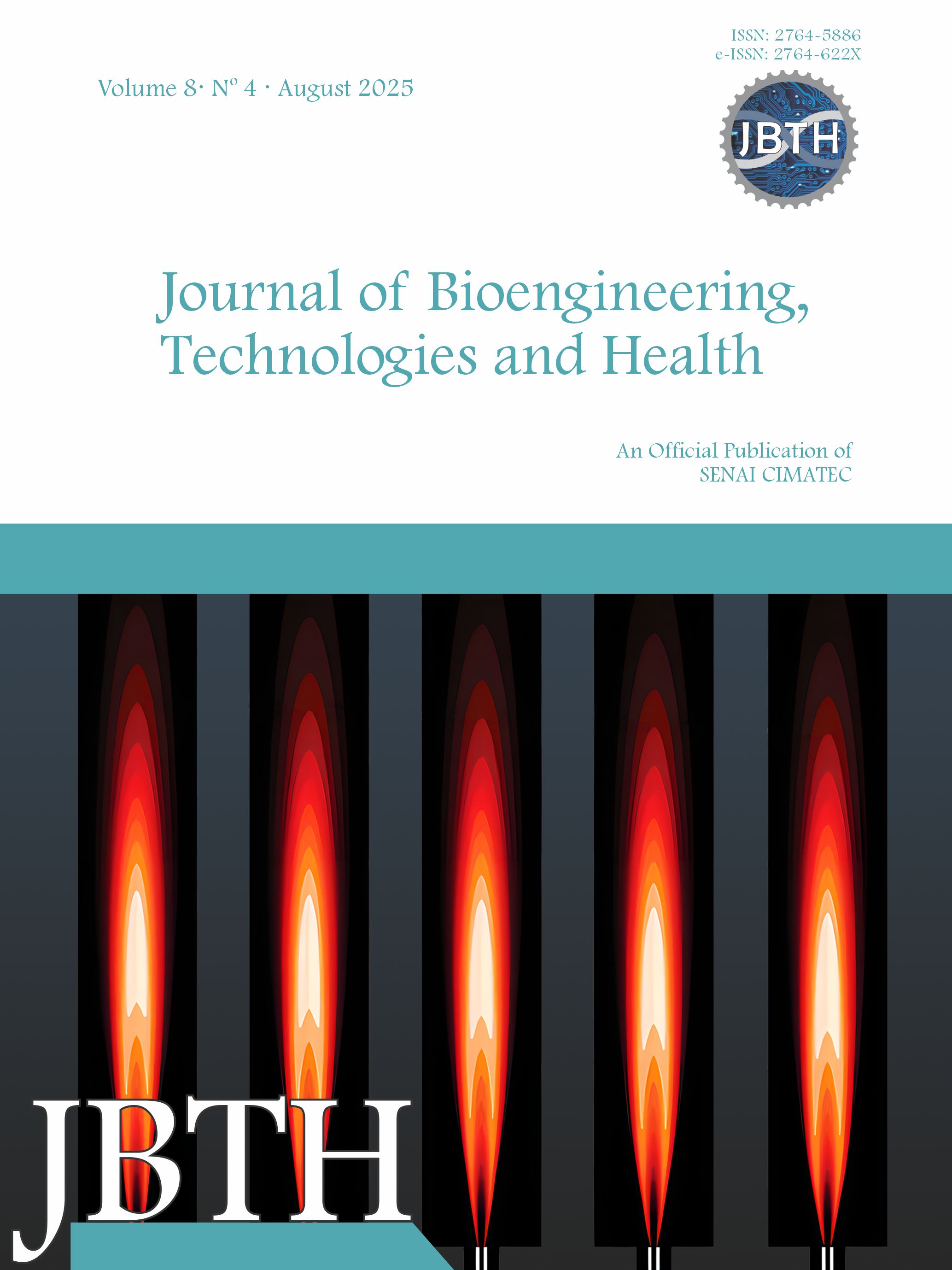Evaluation of the Potential of Prosopis juliflora Biomass for 2G Bioethanol Production: Chemical Characterization and Enzymatic Hydrolysis
Abstract
This study aims to characterize different parts of the plant Prosopis juliflora (Algaroba) and to evaluate the potential of its biomass for second-generation (2G) bioethanol production. Different parts of the plant (Prosopis juliflora in natura) were evaluated for cellulose, hemicellulose, lignin, moisture, and ash content, in addition to the yield of reducing sugars in enzymatic hydrolysis with cellulase from Trichoderma reesei. The results indicated that the stem bark, rich in cellulose (38.71%) and hemicellulose (21.68%), showed the highest saccharification yield (2.74 mg/mL in 24 h). In contrast, fractions with a high lignin content, such as the pod with seed (45.91%), require pretreatments to make enzymatic conversion feasible. The strategic selection of the biomass fraction and the use of appropriate methods are crucial for optimizing the recovery of fermentable sugars, enabling the use of Algaroba in biofuel production.


